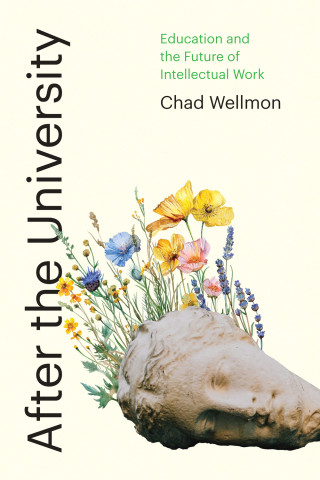
Reviews
David Perry is one of the most trusted voices on how to think, write, and work in public. He has a clear ethic about the critical importance of intellectual labor at a moment when the risks of being public have rarely been greater, and the reasons why academics must risk it have rarely been so clear.
The Public Scholar is a wonderfully reliable guide to things many academics don't know about—like working on 48-hour deadlines and negotiating with editors over multiple drafts. It's fun to read, too.
Too many of our leading scholars and scientists write and speak only for each other. David Perry provides a primer for effective public intellectual engagement. The Public Scholar is an indispensable guide for scholars eager to enter the public discourse.
When it comes to public writing, no one is as practical, as helpful, or as good on the nuts and bolts as David Perry. He explains exactly how to break in, how to communicate with a general audience, and how to thrive and grow as a public scholar. This is the book I wish I'd had when I started out!
Book Details
Table of Contents
Introduction
1. Chapter 1: Going Public — Four Lessons
1. Move Fast
2. Lose Control
3. Write Broadly
4. Write Anything
2. Chapter 2: The Pitch
1. Subject Line
2. Biography
3. Argument
4
Table of Contents
Introduction
1. Chapter 1: Going Public — Four Lessons
1. Move Fast
2. Lose Control
3. Write Broadly
4. Write Anything
2. Chapter 2: The Pitch
1. Subject Line
2. Biography
3. Argument
4. Context
5. Pitch Examples
6. Where and When to Pitch
3. Chapter 3: The Essay
1. Audience
2. Template
3. The Lede and the Hook
4. Argument
5. Context and Positioning
6. Evidence and Examples
7. Pre-rebuttal
8. Kicker
9. Examples
4. Chapter 4: Before and After Publication
1. Asking to be paid
2. Working with Editors
3. Social Media
4. Harassment
5. Writing the Next Piece
5. Chapter 5: Expanding your writing
1. Reviews
2. Literary Nonfiction
3. Blogging and Newsletters
4. Podcasting and Video
5. Journalism
6. Talking to Journalists: Being Interviewed
7. Talking to Journalists: Press Releases
8. Trade Books
6. Chapter 6: Public Engagement in 21st Century Academia
1. Making it count for Hiring, Tenure, and Promotion
2. A Small Manifesto





